Awadh (Lucknow)
Once known as Lakshmanpur, Awadh is claimed to be among the most ancient of Hindu States, now in the Indian state of Uttar Pradesh. Today it is known as Lucknow.
Authentic dishes ranging from kormas to kulchas, roomali rotis to parathas and flavourful biryani are famous all over the world, thanks to the Nawabs of Awadh. The art of cooking food over a slow fire, or 'Dum' style of cooking originated from this region. This process involves sealing ingredients in large pot called 'handi' and is placed over slow fire, allowing the ingredients to simmer in their own juices.
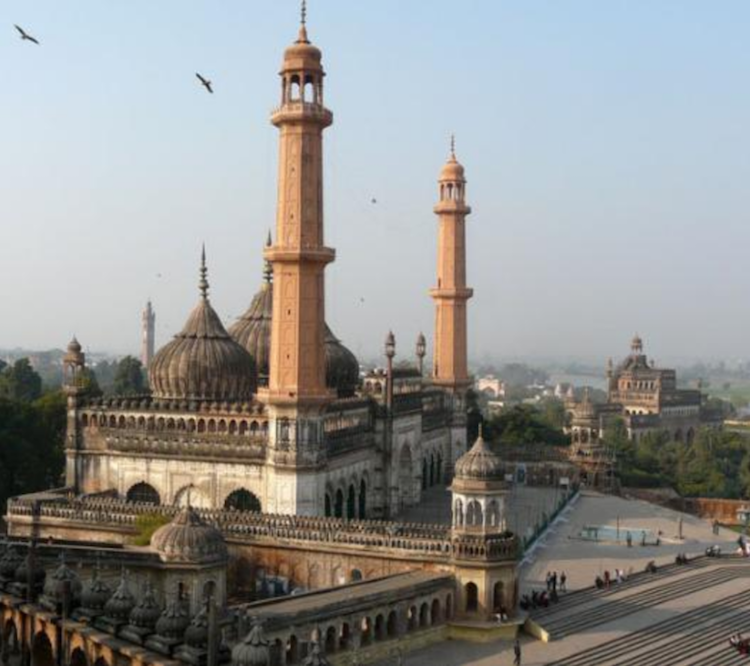
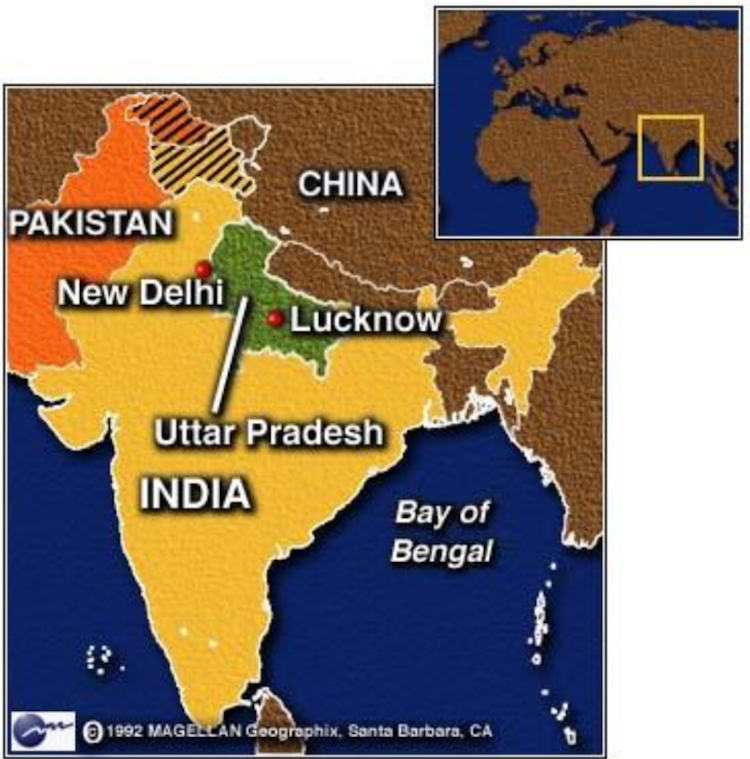
Awadh style of cooking is deeply influenced by the Mogul style and it closely resembles the cuisine of Kashmir and Hyderabad. The richness of Awadh cuisine lies in its ingredients and also the diverse cooking methods. Some dishes are flavourful due to the use of rich ingredients such as cream and ghee, while others taste equally good prepared with mustard oil.
Kababs such as Shami kabab, Gilawat ka Kabab, Kakori kabab are famous all over the world. Nihari is a meat stew usually eaten with a kulcha (bread) for breakfast. Lucknavi Biryani is one of the most famous of all. The term Biryani derives from the Persian word “Birian”, which means "roasted before cooking." Biryani is a mixture of basmati rice, meat, vegetables, yogurt, and spices. Kulfis (ice cream) and various rice, fruit, vegetable puddings are enjoyed as desserts during summer and halwas in winter.
Syrian Christians Community
The Christian Community of Kerala (in Southern India) traces back its origin to the advent of St. Thomas, the Apostle to India, who reached the Cragnanore Port in AD 52. This community started to grow with the arrival of East Syrian settlers and Persian missionaries in 3rd century AD. It is said that the Christianity flourished here much before it was taken up by Europe.
Coconuts grow in abundance in Kerala and consequently it is widely used in the cooking. Kerala is also one of the major producers of spices such as black pepper, cardamom, cloves and cinnamon. Fish and seafood dishes are very popular because of the region’s long coastline, numerous rivers and backwater networks and a strong fishing industry.
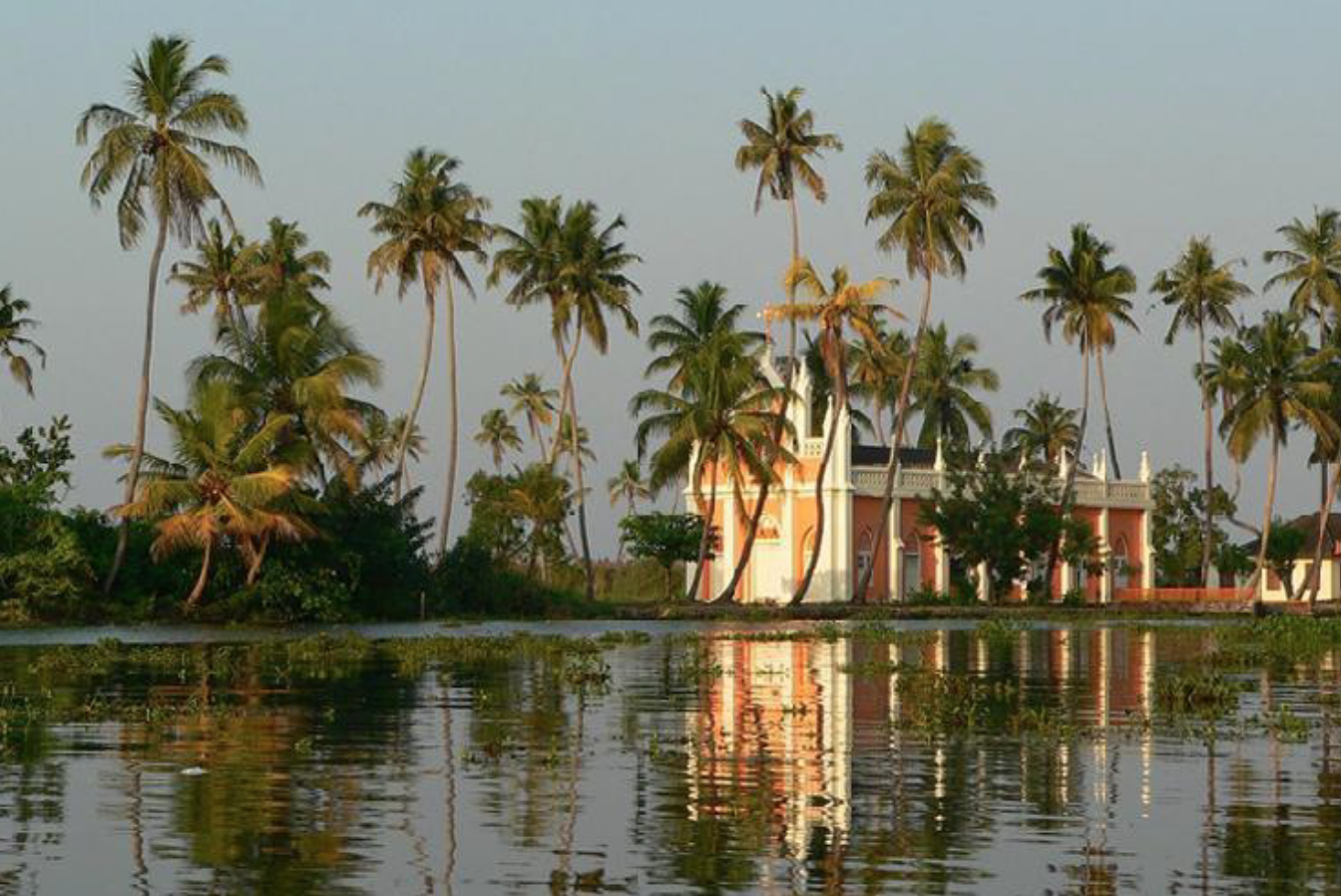
Syrian Christians rarely consume dairy products like milk or curd with fish and meats. Instead they use coconut milk as a substitute in preparations. They are also expert wine makers and widely consume wine in contrast to their neighbours of other faiths.
This makes Indian Chinese food similar in taste to many ethnic dishes in Southeast Asian countries such as Singapore and Malaysia, which have strong Chinese and Indian cultural influences.
Wine is generally prepared weeks in advance for festivals such as Christmas and Easter.
A favourite dish of Kerala Christians is "mappas", or chicken stew. Other dishes include; Istu (chicken/any meat stew made with vegetables and potatoes), Fish Fry, Meen Vevichathu (fish in fiery red chili sauce), Meat Thoran (dry curry with shredded coconut) and Oletherachi (dry and spicy beef dish).
Parsi Cuisine
Parsi also spelled Parsee, member of a group of followers in India of the Iranian prophet Zoroaster. The Parsis, whose name means "Persians", are descended from Persian Zoroastrians who immigrated to India to avoid religious persecution by the Muslims. They live chiefly in Mumbai and in a few towns and villages mostly to the north of Mumbai, but also in Karachi (Pakistan) and Bangalore (Karnataka, India). Over the centuries since the first Zoroastrians arrived in India, the Parsis have integrated themselves into Indian society while simultaneously maintaining or developing their own distinct customs and traditions (and thus ethnic identity).The Parsis have made considerable contributions to the history and development of India, all the more remarkable considering their small numbers. Some notable Parsis are rock starFreddie Mercury, founder of Cobra beer Lord Karan Billimoria and the founder of Tata who bought Jaguar Land Rover.The basic feature of a Parsi lunch is rice, eaten with lentils or a curry. Dinner would be a meat dish, often accompanied by potatoes or other vegetable curry.

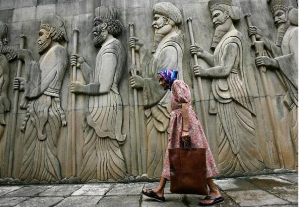
Kachumbar (a sharp onion-cucumber salad) accompanies most meals. Popular Parsi dishes include: Chicken farcha (fried chicken), Patra ni machhi (steamed fish wrapped in banana leaf), Dhansak (lamb, mutton, goat and vegetables in lentil and toor daal gravy), Sali murghi(spicy chicken with fine fried matchstick potatoes), Jinga no patio(shrimp in spicy tomato curry), Saas ni machhi (yellow rice with pomfret fish fillets in a white sauce), Jardaloo sali boti (boneless mutton in an onion and tomato sauce with apricots and fried matchstick potatoes). Also popular among Parsis, are the typical Parsieeda (egg) dishes, and often dishes (such as those listed above) are served with an egg on top
The Punjab Region
Punjab literally means ‘land of five rivers’ in Persian. As it was divided into two at the time of partition a part of Punjab lies is in the north west of India and the other in north east of Pakistan.
Punjab mainly consists of large fertile plains and is India’s biggest producer of wheat. Milk and its products in the form of malai (cream), paneer (cottage cheese), butter and curds are used with almost every Punjabi meal.
The most popular form of Indian food served around the world is derived from Punjabi cuisine. The concept of using the tandoor oven in Indian kitchens originated here. Communal tandoors are still used in the villages of Punjab where women gather in the evening to cook bread and share gossip.
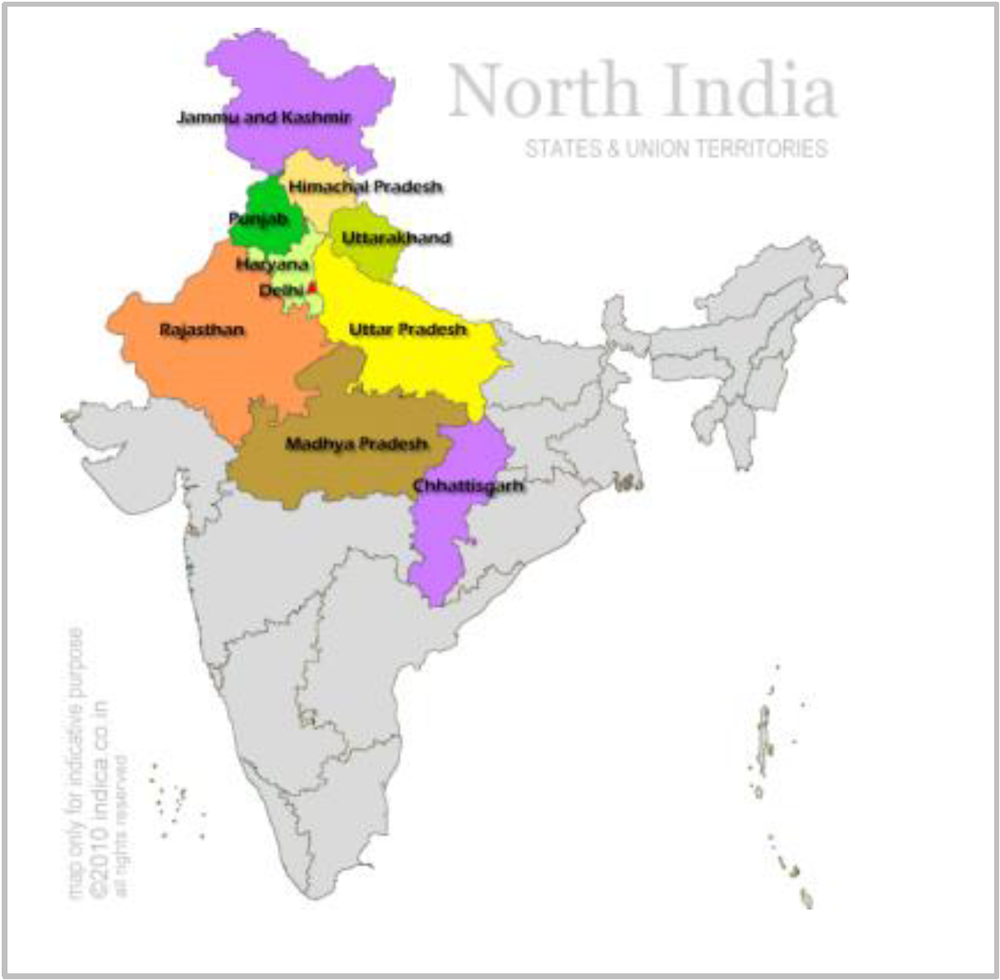
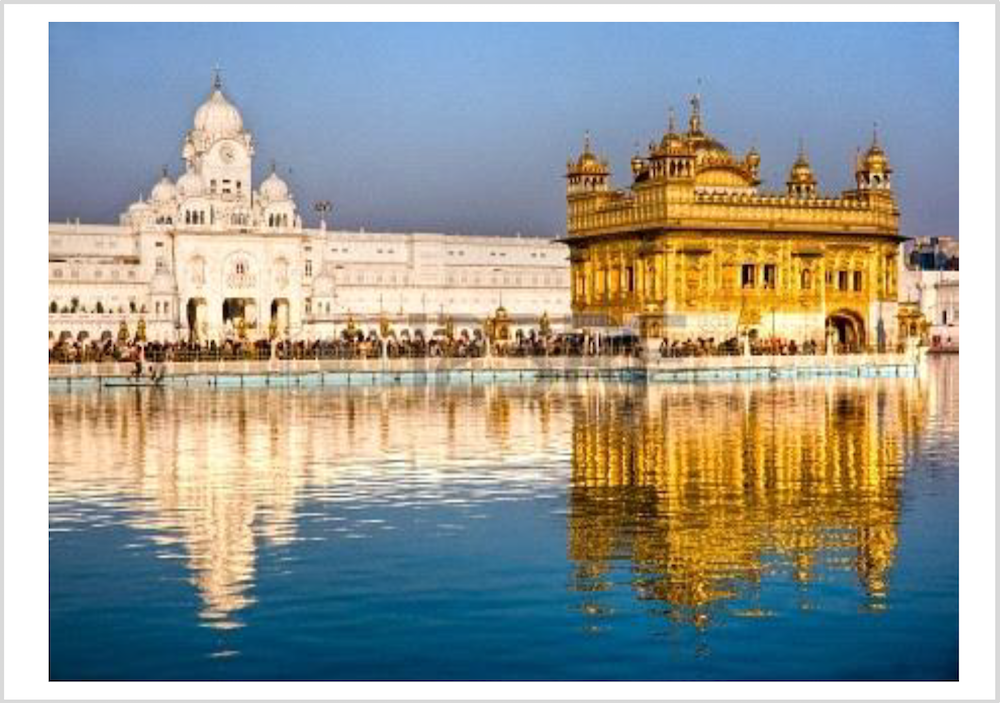
It shares several characteristics with the cuisine of Kashmir and other adjacent states. Punjabi cuisine is diverse, and varies regionally. Punjabi food served in the restaurants originated from the ‘Dhabas’ - roadside restaurants started by Punjabi people to provide food to truckers. It would not be wrong to say that in India ‘Dhabas’ were the first restaurants. Tandoori Chicken, Dal Makhani, Karahi Paneer, Chicken Tikka, Lassi, Kheer, Jalebi; are the popular Punjabi dishes found in restaurants all over the world.
Other popular seasonal dishes are; Sarsoon da Saag – prepared with green mustard leaves; Makki di Roti – maize flour bread; and Cholle Bhaturre – chickpeas served with fried bread.
The Cuisine of The Gurkhas'
The Gurkhas’ are soldiers from Nepal. Historically, the terms "Gurkha" and "Gorkhali" were synonymous with "Nepali," and derived from the hill town and district of Gorkha from which the Kingdom of Nepal expanded. The name may be traced to the medieval Hindu warrior - saint Guru Gorakhnath, who has a historic shrine in Gorkha.
The former Indian Army Chief of Staff Field Marshal Sam Manekshaw, once stated that "If a man says he is not afraid of dying, he is either lying or is a Gurkha." Set against the backdrop of the Himalayas, the people of Nepal have many different backgrounds and ethnicities, and this multitude of influences is reflected within the country’s cuisine.
Nepalese dishes are generally healthier than most other South Asian gastronomies, as they rely less on the extensive use of fats and more on chunky vegetables, lean meats, pickled dishes and salads. Whilst Nepal does take heavy influences from its closest geographical companions such as India, China and Tibet, this mountainous paradise only opened up its borders to outsiders in the 1950s. It is for this reason, in addition to problems with exports and imports caused by Nepal’s geographical setting, that there is a particular focus on using locally grown produce.
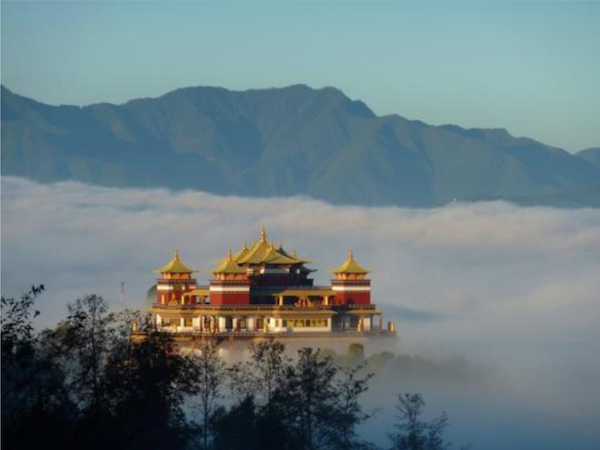
Dal-rice-vegetable is the standard meal eaten twice daily. However, with land suitable for irrigated rice paddies in short supply, other grains supplement or even dominate. Wheat becomes unleavened flatbread ( roti or chapati ). Typically yogurt (dahi) and curried meat (masu) or fish (machha) or chicken (kukhura) are served as side dishes.
The Andhra Pradesh Region
Andhra Pradesh (AP) is one of the 29 states of India. It is India's fourth largest state by area and fifth largest by population, with more than 84 million inhabitants in 2011. Its capital and largest city, Hyderabad, is the fourth most populous city in India.
AP is famous for its hot and spicy cuisine along with its rich cultural heritage. The cuisine includes both the original Andhra cuisine and the Hyderabadi cuisine, having a Mughlai influence. Out of these two cuisines, the former one is more hot and spicy. The traditional Andhra dishes are absolutely mouth-watering having a liberal use of spices.
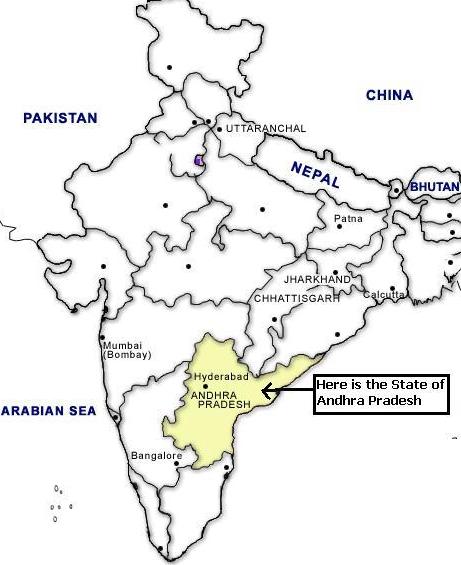
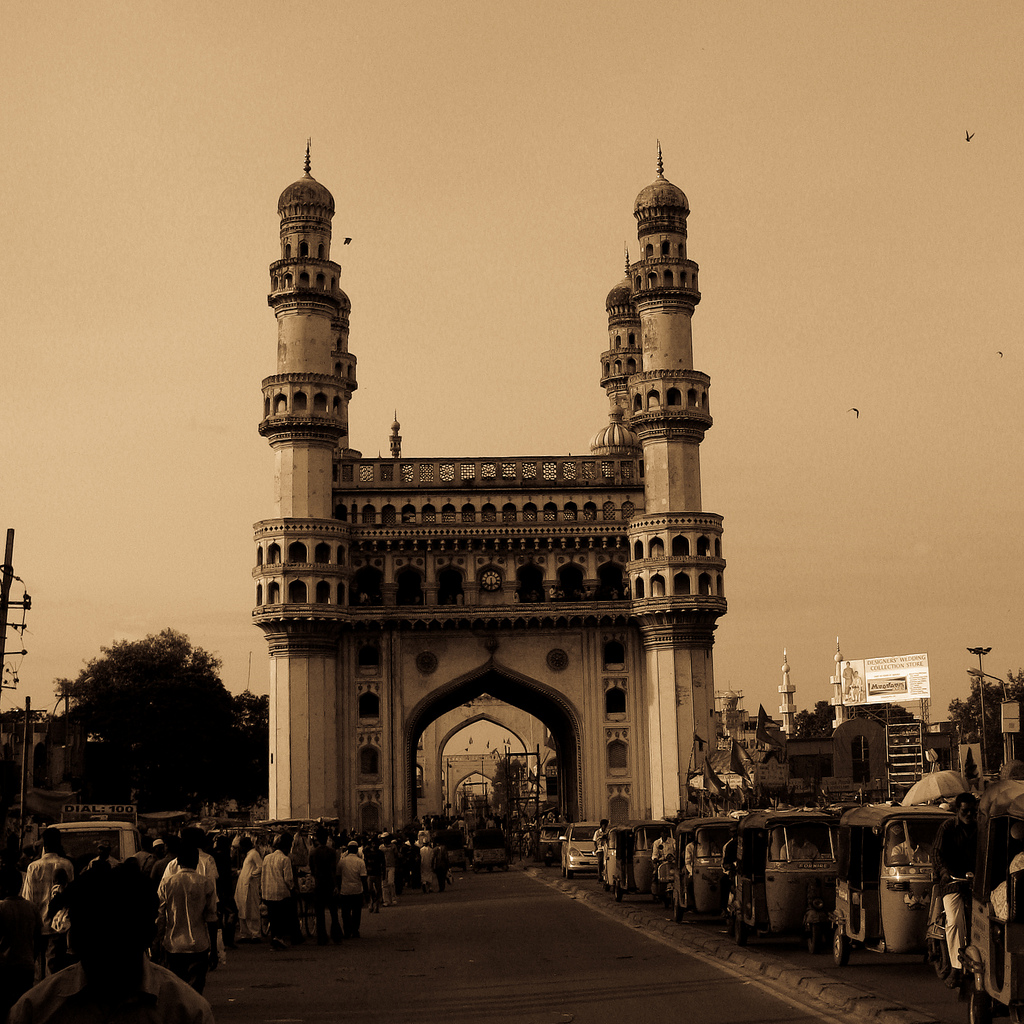
Every meal; snacks, lunch, dinner, etc; have their own local specialty. Eating habits are quite varied as there is a mixture of Hindu and Muslim styles of eating. AP dishes are mainly vegetarian and only in the coastal areas seafood is preferred. The staple food of Andhra Pradesh is Rice, which is served with sambar. It is also served with other lentil preparations along with vegetables.
Sweet delicacies like Khubani kheer, Sheer korma, Shahi Tukra, Gajr ka halwa, Seviyan ka zarda; are few of the popular sumptuous delicacies from the region.
Bengal
The region of Bengal is one of the most densely populated regions on earth, with a population density exceeding 900/km ². Most of the Bengal region lies in the low -lying Ganges–Brahmaputra River Delta or Ganges Delta, the world's largest delta. In the southern part of the delta lies the Sundarbans-the world's largest mangrove forest and home of the Bengal tiger. Though the population of the region is mostly rural, two megacities, Kolkata and Dhaka, are located in Bengal.
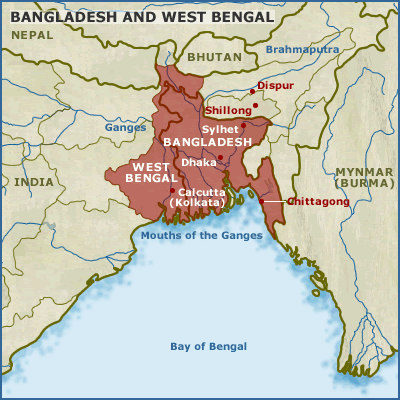
The Bengal region is renowned for its rich literary and cultural heritage as well as its immense contribution to the socio -cultural uplift of Indian society in the form of the Bengal Renaissance , and revolutionary activities during the Indian independence movement.
The food of this region has an emphasis on fish, vegetables and lentils served with rice as a staple diet, Bengali cuisine is known for its subtle (yet somet imes fiery) flavours, and its huge spread of confectioneries and desserts. Fresh sweet water fish is one of its most distinctive features; Bengal's countless rivers, ponds and lakes teem with innumerable varieties of fish such as rohu, hilsa, koi or pabda. Prawns, shrimp and crabs also abound.
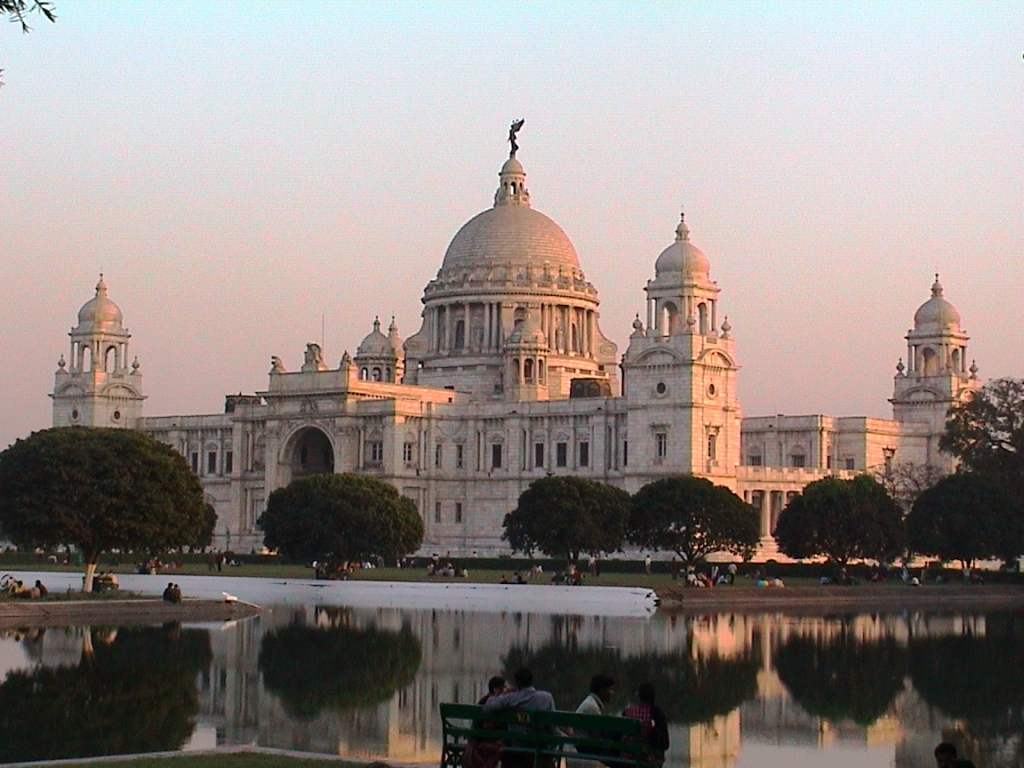
The use of spices for both fish and vegetable dishes is quite extensive and includes many combinations not found in other parts of India. Examples are the onion flavoured kalonji (nigella or black onion seeds), radhuni (wild celery seeds), and five -spice or paanch phoron (a mixture of cumin, fennel, fenugreek, kalonji, and black mustard seeds). The trump card of Bengali cooking probably is the addition of phoron, a combinat ion of whole spices, fried and added at the start or finish of cooking as a flavouring special to each dish. Bengalis share their love of whole black mustard seeds with South Indians, but unique to Bengal is the extensive use of freshly ground mustard paste.




